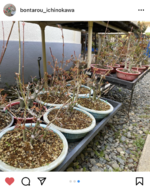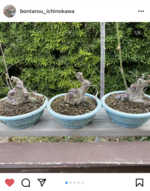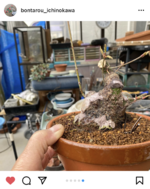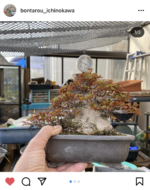Maiden69
Masterpiece
I was watching some channels today and came upon this one on my feed. Very interesting to see how close he cuts the new shoots on early spring. I always looked at the super miniature mame/shohin trees and while I could see they were created through a succession of chops I couldn't envision the right process. This video helped me visualize how it is done. Not sure if anyone else posted something similar... I couldn't find much.





